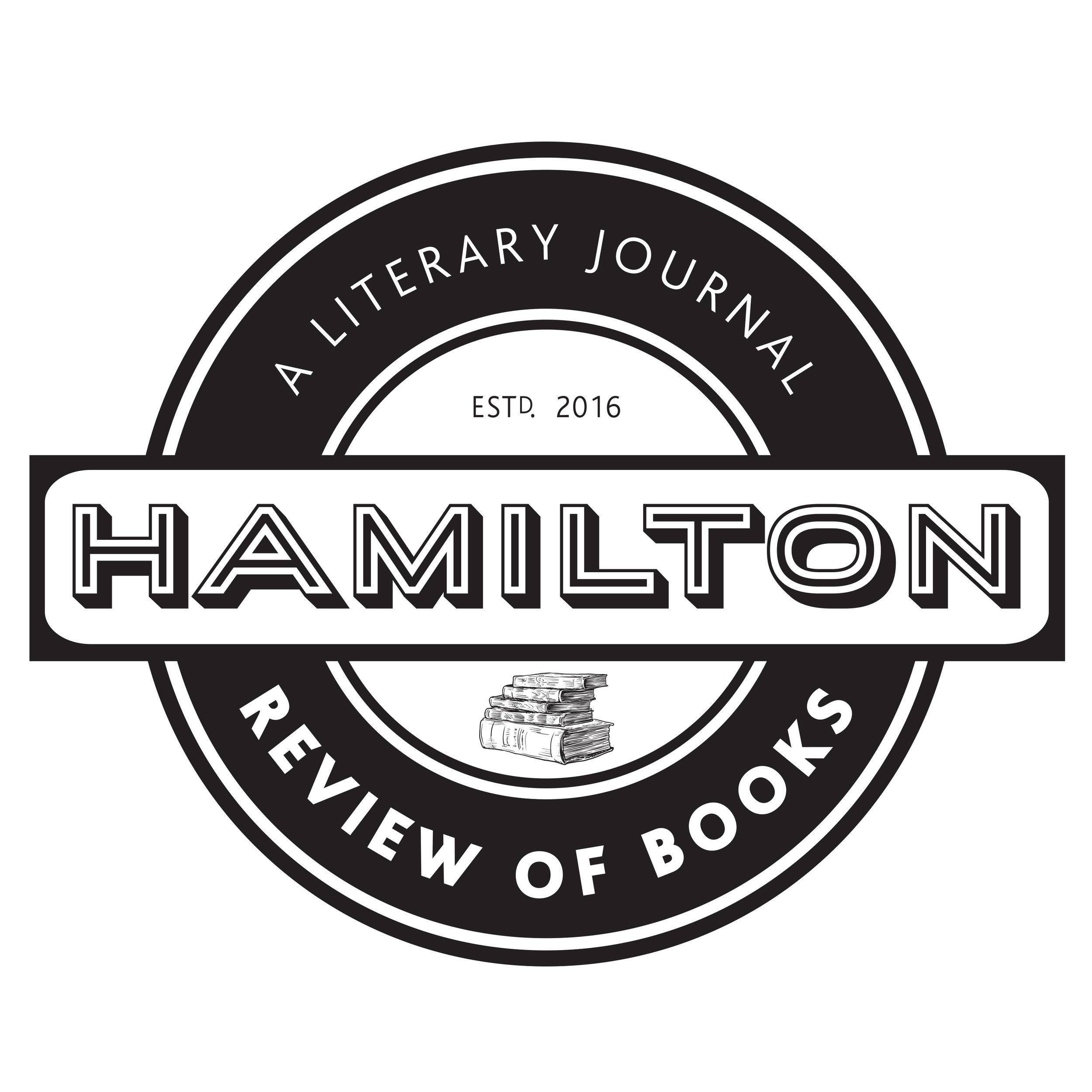From Our Editors
Back in May, as we were launching our second issue, we hosted a panel of exceptional speakers at The Staircase in Hamilton. Our panelists, all of whom gave so generously of their time, hailed from a variety of backgrounds in art, literature, and scholarship, and we charged them with the task of defining for us the role and value of criticism in the arts today. The event set the bar high for future such discussions, and further convinced us of the importance of publications like ours that exist to highlight the work of book critics and reviewers (even if we’re still trying to work out the difference between the two).
In a recent Q&A, New York Times book critic, Parul Sehgal, summed up rather perfectly her understanding of the practice of criticism and its purpose:
“I love being part of both a tradition of literature and this fantastic, fractious, quarrelsome thing known as criticism, which is part of literature, and on top of it, and alongside it.
Criticism can be a way of adding to a bank of knowledge, a bank of understanding, a way of refreshing and renewing and protecting language.”
We love that: criticism is part of literature, working alongside it to promote understanding and protect language. Far from so-called hackwork (though, granted, some formulaic reviews may be viewed as such), or the output of wannabe writers (if reviews aren’t writing, then what are they?), criticism is literature’s advocate. To review a book is to insist there’s ongoing value in our lives in discussing and debating with acuity language, ideas, stories, and storytelling, and to do so well requires skills in the reviewer that are worthy of respect and cultivation.
To quote Hamilton’s own Gary Barwin, whose fascinating and funny essay on reviews (an apropos follow-up to our May panel) you’ll read in this issue, “…the writer may feel that a book is because a reader knows it, and even more so, a book is because a reviewer reviews it and so it becomes part of the discourse.” Without the work of our critics and reviewers to keep the conversation around books lively, intelligent, and immersive, we’re left with the somewhat less gratifying Goodreads type of take on our next read: “It’s great and I like it.”
Here in our third issue, you’ll find a number of critically adroit reviews on a variety of current and forthcoming Canadian books, as well as three engaging interviews with some of our most admired authors writing today. To accompany our issue’s content, we are extremely proud to present the arresting work of featured artist, Tracey Anthony. With great respect and admiration, we thank all of our contributors for being a part of this issue.
Happy reading!

